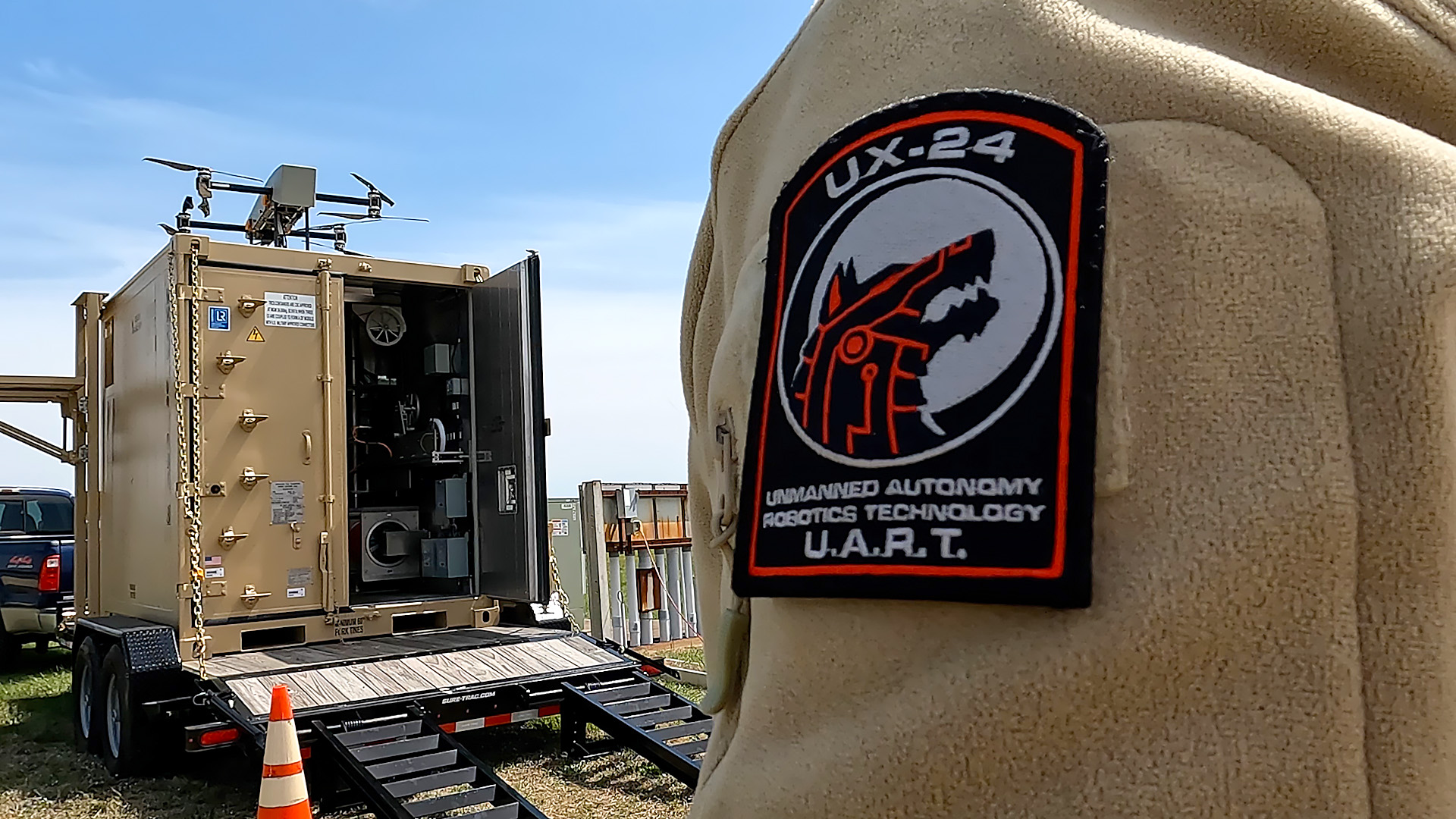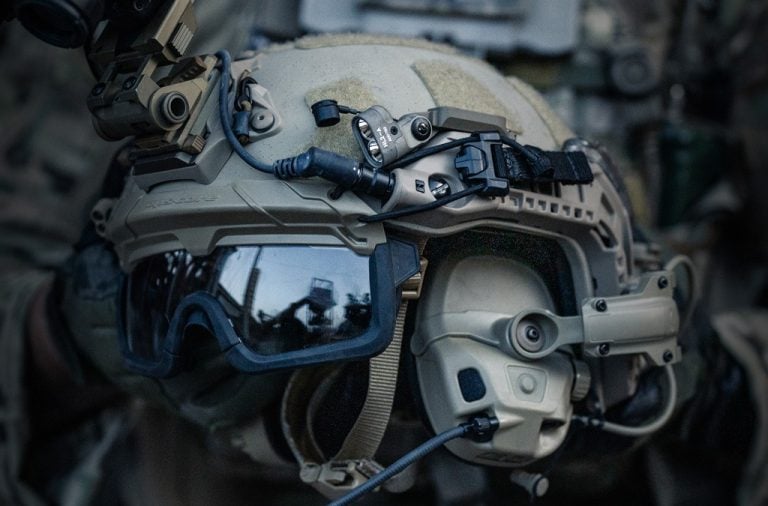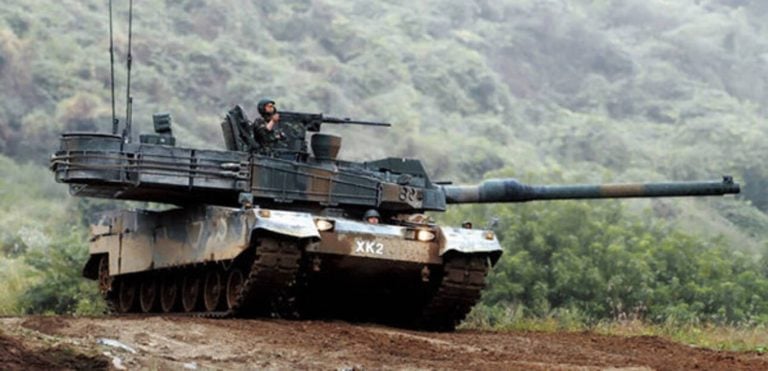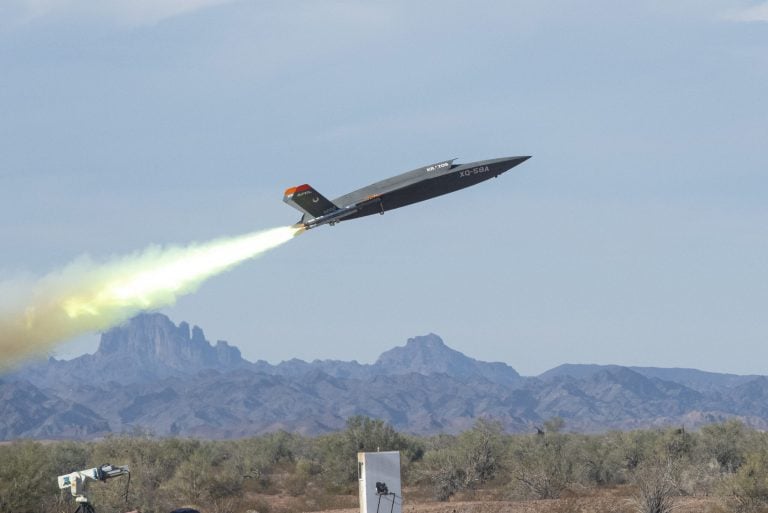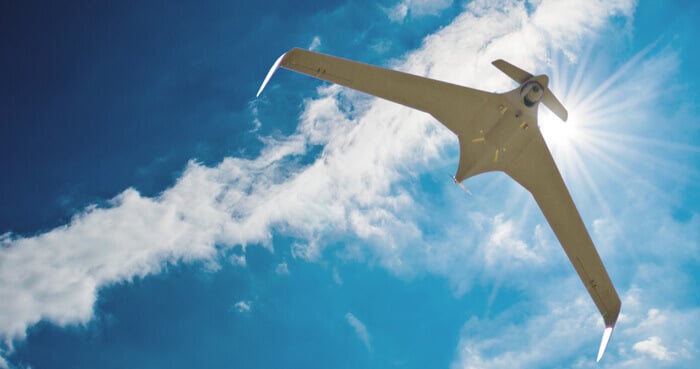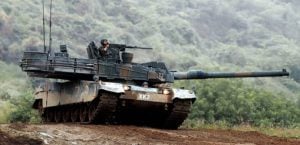The US Navy has unveiled a groundbreaking tethered capability aimed at enhancing experimentation efforts for tactical unmanned aerial vehicles (UAVs). This new initiative, formally known as the Tethered Unmanned Aerial Vehicle Experimentation Payload System (TULEPS), provides a versatile platform for evaluating drone software and mission-critical equipment in realistic operational environments.
The TULEPS allows users to connect a UAV directly to a tether, enabling the aircraft to operate without the need for extensive flight authorizations. This capability is particularly advantageous as it can function effectively under all weather conditions, facilitating endurance tests across varying power payloads. Moreover, the device can be deployed on diverse mobile platforms such as ships or trucks, ensuring an uninterrupted data stream during testing of drone sensors and communication relays. This capability allows for testing at extended ranges and elevated vantage points, which could be critical in various tactical scenarios.
Supervised by the Naval Air Warfare Center Aircraft Division (NAWCAD), headquartered in St. Inigoes, the TULEPS is part of a broader effort to enhance operational capabilities for both the US Navy and Marine Corps aviation assets. NAWCAD is responsible for the assessment, laboratory operations, maintenance, and research related to these aerial platforms.
In a statement, NAWCAD Lead Experimentation Engineer James Tomasic highlighted the advantages of TULEPS, noting that traditional testing of payloads on specific UAVs often involves considerable expenditures of time, effort, and resources. The innovative TULEPS simplifies the process, allowing engineers to concentrate on the development of the payload technology itself before integrating it onto a particular UAV platform.
The deployment of TULEPS was facilitated by NAWCAD’s Experimentation Office in conjunction with DPI UAV Systems, a Pennsylvania-based manufacturer specializing in tethered drone solutions. The recent launch included a two-day event where over 10 aircrews from the UX-24 squadron, dedicated to testing airborne autonomous systems, participated in hands-on training with the new system.
Lt. Col. Jason Noll, Chief Test Pilot for the UX-24 Squadron, emphasized the streamlined nature of the TULEPS system. “If we want to test an electronic warfare pod, a new communication antenna, or an electro-optical surveillance sensor, we can put it on the TULEPS system with very little paperwork,” he noted. With the system pre-approved, the need for additional clearances is eliminated, significantly reducing testing timelines and resource expenditure.
The introduction of TULEPS marks a significant advancement in the Navy’s approach to UAV experimentation, providing a platform that enhances the efficiency and effectiveness of testing new technologies under real-world conditions.
